Braiding or plaiting is one of the most popular hairstyling techniques for both men and women. But can you get braids with long hair? Depending on your hair length – box braids, cornrows, braided buns, etc, are some of the styles you can try out.
Long hair provides a better grip on the sections, and the braids are more convenient to hold on to. You can choose from almost every braiding technique if you have long hair. Prepare your hair by deep-cleansing or use dry shampoo before starting to avoid tangling or breakage.
While long hair is easier to braid than short hair, it’s also important to know which styles require what length. Some braids work better on long hair than others because of the intricate designs.
Understanding Hair Length
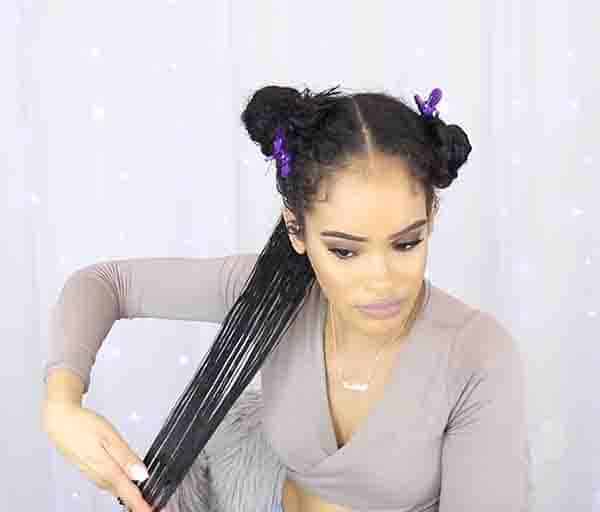
Length can be a significant determining factor when it comes to braiding hairstyles. Different braids may require different lengths to work perfectly. Box braids can be done on hair that’s 2-3 inches long.
The hair is divided into small rectangular sections and braided separately for a sleek look. The length of hair required for this style depends on your desired look.
Even if your hair is only 2 inches long, you can try doing cornrows. Having just enough hair to wrap around your fingers is all you need to create this style.
Since the braid starts from the scalp, a smaller length isn’t a problem. However, the length may vary depending on your preferred pattern and design.
If your hair is more than 5 inches long, you can pull off almost any braiding style – from fishtail braids to braided buns!
However, you should always be careful about how long you keep the braids on as tight braiding like cornrows and box braids can cause traction alopecia.
Is Braiding Good for Long Hair
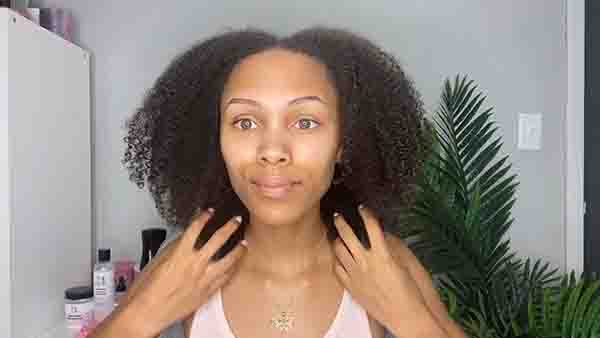
Braiding is often used as a protective styling technique to keep your hair safe from harsh weather, tangles, and damage. Here are some reasons you should try braiding your long hair –
1. Protection
The longer hair you have, the more it’s prone to friction, breakage, and split ends. Keeping your hair braided reduces any physical contact and ensures protection.
2. Convenience
Long hair can be hard to manage while working or even during a walk outside in windy weather. Your hair can form knots or tangles which are hard to get rid of. Braid your hair to avoid any discomfort and keep it in place!
3. Low Maintenance
Maintaining long hair can be a difficult task for those who have a busy schedule. If your hair is braided, you won’t have to worry about washing and drying it every day. Braiding keeps the hair intact and makes it easier to keep up with.
4. Length Retention
Since braiding can help to prevent split ends and ensure protection, your hair will stay healthier. Healthy hair means more length and shine!
5. Diversity
Finally, braiding can provide you with unique and versatile appearances. Try out some trendy styles like rope twists, Fulani braids, and loose braids, and explore!
Long Hair and Braids – The Perfect Match
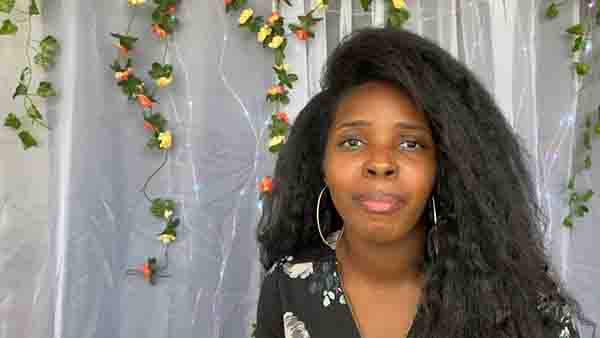
Besides having many pros, long hair can provide you with enough space to explore different braiding techniques. When it comes to styles like Dutch braids, fishtail braids, and braid twists – longer hair can promote creativity and help to create more intricate patterns.
Longer hair usually has more volume, so your braids will appear fuller; the density also plays a role in achieving these gorgeous hairstyles. With long hair, you can have the flexibility to choose from a wide range of styles!
Factors to Consider Before Braiding Long Hair

Even though it’s been established that longer hair is easier to braid, some factors can still impact your hairstyle. Keep these factors in mind while braiding.
1. Hair Texture
The appearance of your braids significantly depends on the kind of hair you have. Be it curly, wavy, or straight – you can always find a braiding technique that suits you perfectly.
Thicker and coarser hair is best for braids that need a tight grip, such as – cornrows or box braids. If you have more voluminous and delicate hair, try doing a loose or fishtail braid.
2. Hair Density
Hair density can determine the effectiveness of your braids to a great extent. Thick hair can hold more complex designs and provide a fuller look. On the other hand, thinner hair may require extensions during braiding.
3. Overall Hair Health
It’s also important to consider the health of your hair before deciding on a braid. Healthy hair can handle more manipulation and friction, but if your hair is weak, you must try more loose styles.
Those with sensitive scalps should avoid tight braids like cornrows as it puts too much strain on the roots.
How Braiding Techniques Can Vary

Some braiding techniques are comparatively more suitable for long hair. The Feed-in method is a technique that’s easy to pull off and effective on longer hair.
When you’re braiding using the feed-in method, you have to add small sections of hair to the braid as you slowly develop the style. This technique allows a flawless transition from natural to braided hair and provides an elegant appearance.
Besides, in this process, the weight of the braid is spread out evenly, so there’s less tension on the roots.
How to Take Care of Your Braids
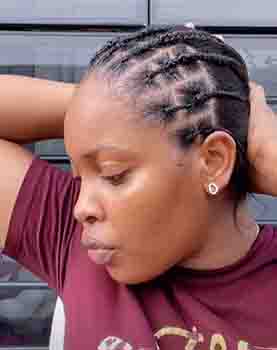
Simply knowing the best braiding techniques isn’t enough; you have to understand how to maintain the braid and keep it fresh for a long while. Here are some things to keep in mind for hair care –
1. Deep-cleanse
Clean your braid every 2-3 weeks if you decide to keep it on for a long time. If you go too long without washing your hair, it may have dirt buildup. Keep an eye on your braid and clean it regularly to have a polished appearance.
2. Moisturize
Your hair needs proper hydration even when it’s braided. So, make sure to moisturize the braid using leave-in conditioners every few days when it starts feeling dry.
3. Prevent Friction
To avoid any friction and damage, go to sleep with a silk cap on or cover the braid with a silk cloth. Using silk pillow covers also helps to minimize any breakage.
It’s advised not to keep braids on for more than 6-8 weeks. Maintain your hair according to its needs and promote healthy growth!
What Braids Are Best for Long Hair?
Having long hair can make it difficult to choose between different braiding techniques. To make your decision easier, we have prepared a list of must-try braids –
1. Box Braids

Long hair can be great for box braids as it allows you to have a better grip. But they can be time-consuming on longer hair. Depending on the hair density, the size of the braids, and the skill of the stylist – box braids can take several hours.
2. Fulani Braids
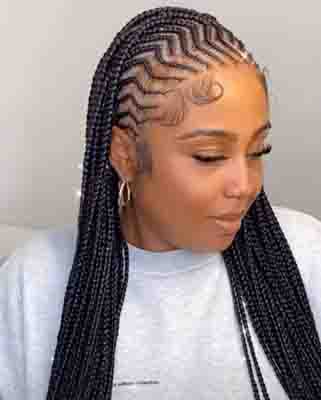
Fulani braids, sometimes known as ‘Bo Braids’ or “braids with beads’’ is a fantastic style to try on long hair. After sectioning the hair and creating cornrows, you can add colorful beads to achieve this look. This is the perfect hairstyle for African American women.
3. Dutch Braid
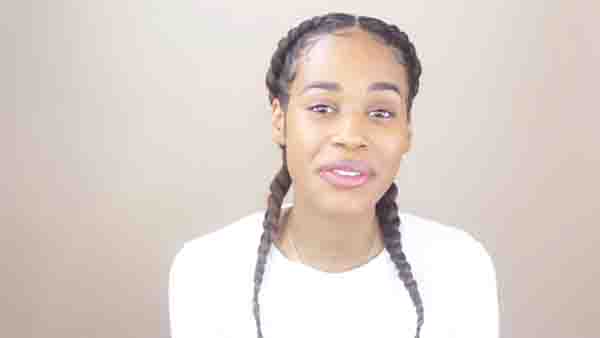
To create a Dutch braid on long hair, start with a usual three-strand braid and incorporate a crossing-under motion. You can make your braid look fuller by starting from the scalp and braiding all the way.
4. High Ponytail
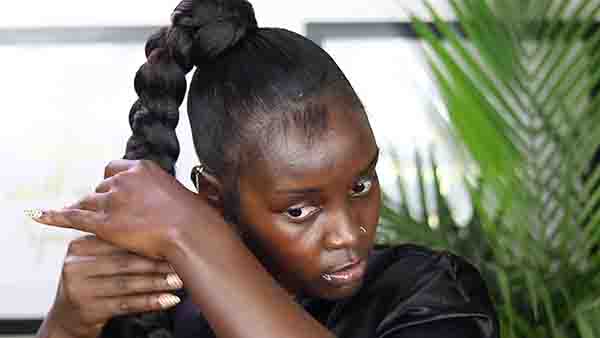
Firstly, determine the position of the ponytail and gather your hair with a brush before holding it firmly. Use a silk scrunchie to secure the hair and smooth out the flyaways for a sleeker look. Use bows or headbands to make your ponytail more interesting!
5. Side-parted Low Ponytail
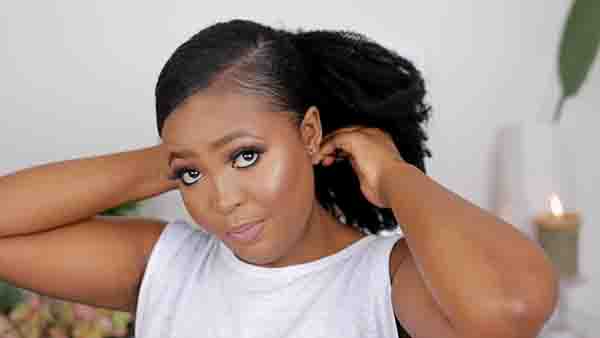
To create an illusion of longer hair, usually, a high ponytail works better than a low one. However, a low ponytail is gentler on your hair and puts less pressure on the scalp.
6. Braid-twist
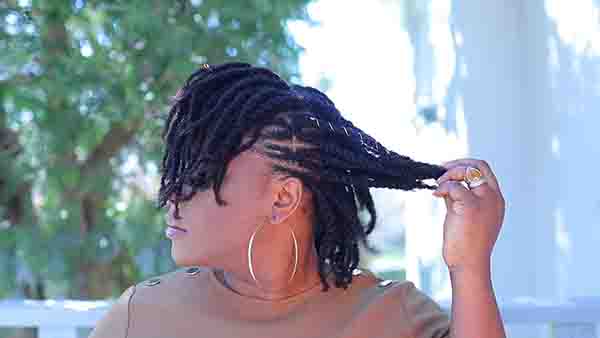
This is a diverse hairstyle that’s easy to create and can be done in a short time. To start, part your hair into two sections and start twisting until you reach the ends of your hair. Once the twists are finished, you can gather them in a braid or a ponytail to complete the look.
7. Braided Bun
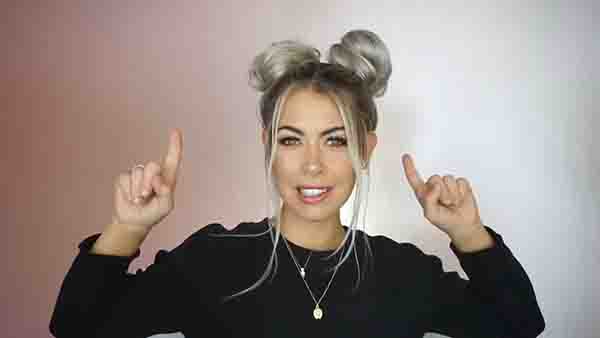
You can wear this elegant hairstyle at any formal event for a stunning appearance. Divide your hair into sections and start braiding before wrapping them in the form of a bun to finish off.
8. Loose Braid
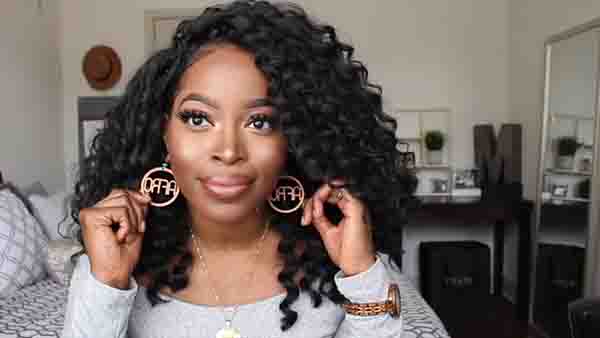
This style is perfect for long hair and can make it look more voluminous. Do your usual braid loosely and let some of the hair flow freely for a casual style.
9. Fishtail Braid
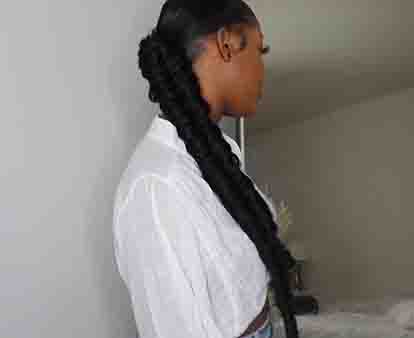
For a fishtail braid, you only need two sections of hair and cross small sections from each side alternatively to achieve the final look. If you take proper care of your hair, a fishtail braid isn’t damaging. Always make sure there’s no excessive pulling at the roots.
10. Cornrows
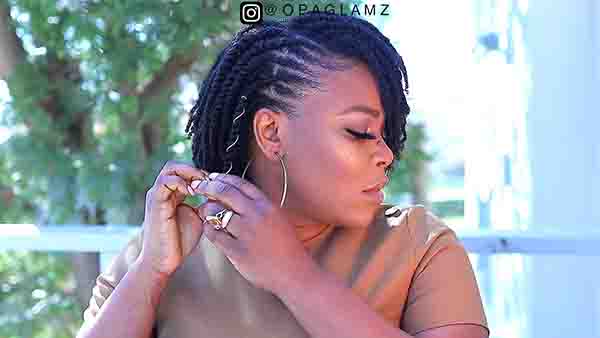
Although cornrows work best with thick and coily hair, it can be done on any hair type. As long as you can wrap your hair around your fingers, cornrows can be pulled off at any length!
11. Rope Twists
Rope twists, also known as Senegalese twists or two-strand twists, are a gorgeous hairstyle for natural long hair. Use two equal strands of hair to twist and continue till all of your hair is done.
Apart from these styles, you can always explore different braiding techniques, as long hair is comparatively easier to work with.
FAQ
Typically, your hair should be at least 2-3 inches long for most braiding styles.
It is generally recommended to get a haircut before getting braids to ensure healthy and even hair length.
For knotless braids, your hair should ideally be at least 3 inches long to ensure a secure installation.
Braids can last anywhere from 2 to 8 weeks, depending on how well they are maintained and your hair’s natural growth rate.
Cornrows can be done on various hair lengths, but it’s generally easier to achieve neat cornrows on hair that is at least 2-3 inches long.
Before getting braids, it’s best to avoid excessive heat styling, chemical treatments, or tight hairstyles that can strain your hair and scalp.
To prepare your hair for braids, make sure it is clean, moisturized, and detangled. Avoid using heavy products that can cause buildup.
Braids can be worn at any time of the year, but they are particularly popular during the summer months when humidity and frizz can be challenging to manage.
It’s not necessary to straighten your hair before getting braids. Braiding can be done on various hair textures, including natural and curly hair.
After removing braids, it’s common to experience some shedding and breakage due to hair being held tightly for an extended period. Proper care is essential to minimize damage.
Braids may feel tight and slightly uncomfortable for the first few days, but they should not be painful. If you experience severe pain, it’s advisable to consult a professional stylist.
There is no specific length that is considered too long for box braids. The length of the braids depends on personal preference and the stylist’s technique.
Knotless braids can be done on various hair lengths, but having at least 3 inches of hair is generally recommended for a secure and long-lasting installation.
Braiding your own long hair can be challenging but achievable with practice. Start by sectioning your hair and work in smaller subsections for better control.
Yes, knotless braids can be done on natural hair. In fact, knotless braids are often preferred for natural hair because they are gentler on the scalp.
Box braids, when done properly and cared for correctly, do not cause damage to the hair. However, excessive tension or neglecting proper maintenance can lead to breakage.
Generally, if your hair is at least 2-3 inches long, it is long enough to be braided. However, some intricate styles may require slightly longer hair.
Yes, layered hair can be braided. However, keep in mind that the shorter layers may not be incorporated into the braids and may stick out slightly.
To protect long braids while sleeping, you can wrap them in a satin scarf or use a satin pillowcase to minimize friction and prevent frizz.
Braiding your own hair can be challenging at first, but with practice and patience, you can become proficient in braiding your own hair.
Yes, shoulder-length hair can be braided. There are various braid styles, such as French braids or Dutch braids, that can be done on shoulder-length hair.
Yes, invisible braids can be done on long hair. Invisible braids create a natural look by using a small amount of extension hair to create the braids.
When braiding thick hair, it’s helpful to divide the hair into smaller sections for better control. Using hair products like leave-in conditioner or styling cream can also make braiding easier by reducing frizz and providing slip.
The Bottom Line
Be it a Fulani braid or box braids – all hairstyles look stunning on healthy hair. However, a question may arise – can you get braids with long hair? Braids can be done on most types of hair depending on the pattern and technique but they work the best on long hair.
You can wear braids to diversify your appearance and protect your hair at the same time. Braiding allows your hair to stay in place and retain growth. Choose your desired braiding style and wear it with confidence!

